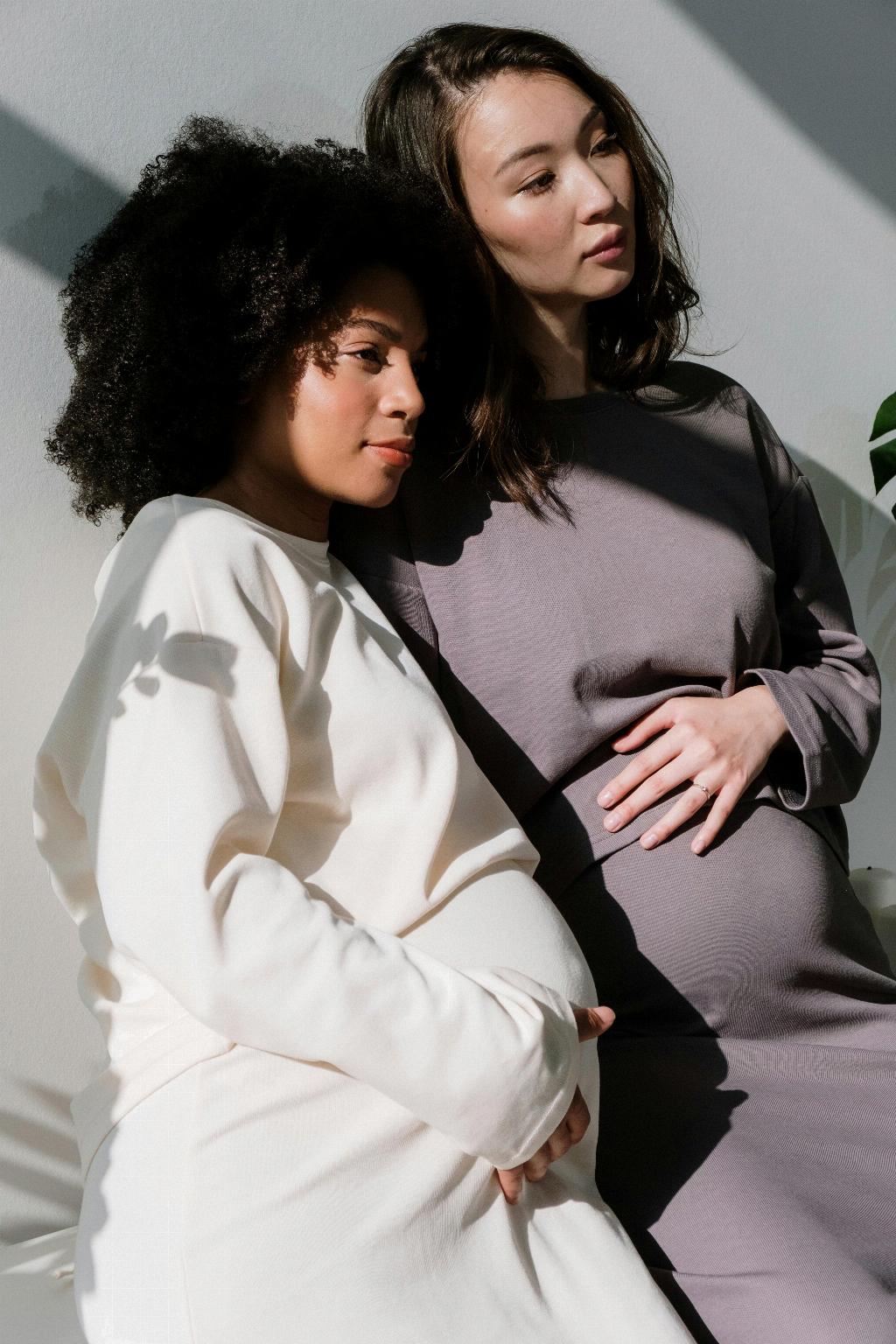Using a pregnancy ball can offer numerous benefits to expectant mothers throughout their pregnancy journey. Many healthcare professionals recommend integrating a pregnancy ball into your routine from the early stages of pregnancy. Sitting on a pregnancy ball from the onset of pregnancy can aid in promoting good posture and relieving pressure on your lower back.
By incorporating a pregnancy ball into your daily activities, you can experience improved blood circulation and pelvic alignment. It can also alleviate discomfort associated with prolonged sitting, making it a valuable addition to your prenatal routine. However, it is essential to consult with your healthcare provider before starting any new exercise routine during pregnancy.
From around 32 weeks into your pregnancy, using a pregnancy ball can become even more beneficial. At this stage, you can begin incorporating gentle exercises to help strengthen your core muscles and prepare your body for labor. These exercises, when performed correctly, can enhance flexibility and promote optimal fetal positioning.
When considering the ideal time to start using a pregnancy ball, it is important to listen to your body and consult with your healthcare provider. Every pregnancy is unique, and what may work for one expectant mother may not necessarily be suitable for another. Understanding your body’s needs and limitations is crucial in determining the right time to begin using a pregnancy ball.
Starting early with the use of a pregnancy ball can offer long-term benefits that support your overall health and well-being during pregnancy. Whether you are seeking relief from back pain, looking to improve your posture, or preparing for labor, a pregnancy ball can be a valuable tool in your prenatal care regimen.
As you progress through your pregnancy, the use of a pregnancy ball can help alleviate discomfort and promote relaxation. Incorporating gentle movements and exercises while sitting on the ball can enhance your physical strength and endurance, preparing you for the demands of childbirth.
Furthermore, using a pregnancy ball can provide a sense of stability and balance, allowing you to engage in low-impact exercises that support your changing body. This can be particularly beneficial in the later stages of pregnancy when traditional forms of exercise may become more challenging.
While the benefits of using a pregnancy ball are substantial, it is essential to approach its use with caution and mindfulness. Always ensure that you are using the correct size ball for your height and weight to prevent any accidents or injuries. Additionally, consult with your healthcare provider to determine the most suitable exercises for your individual needs.
Overall, the decision of when to start using a pregnancy ball ultimately depends on your comfort level, physical condition, and medical guidance. By incorporating the use of a pregnancy ball early on in your pregnancy and gradually introducing gentle exercises as you progress, you can experience a range of benefits that support your journey to motherhood.
Remember, every pregnancy is unique, and what works for one expectant mother may not work for another. Trust your instincts, listen to your body’s cues, and seek guidance from your healthcare provider to determine the best approach for integrating a pregnancy ball into your prenatal care routine.
In conclusion, the optimal time to start using a pregnancy ball is early on in pregnancy, with the potential to introduce gentle exercises around 32 weeks. By incorporating the use of a pregnancy ball into your daily routine, you can experience improved posture, reduced discomfort, and enhanced physical strength, all of which are invaluable as you prepare for the arrival of your little one.

